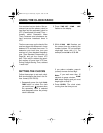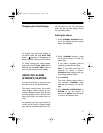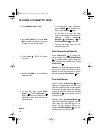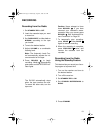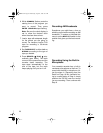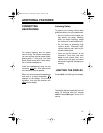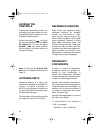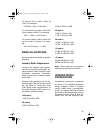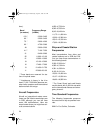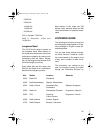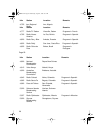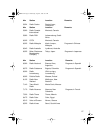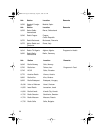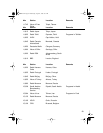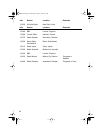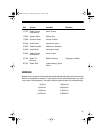
24
time).
*
These bands are reserved for sta-
tions in tropical areas.
**
Interference is heavy in the 41m
band (7.100–7.300 MHz) because am-
ateur radio operators and international
stations share this range.
Aircraft Frequencies
Aircraft on international routes some-
times use SW. Most transmissions are
in SSB, although you can still hear
some AM transmissions. Here are
some bands where you might hear air-
craft communications.
4,650–4,750 kHz
6,545–6,765 kHz
8,815–9,040 kHz
11,175–11,400 kHz
13,200–13,360 kHz
15,010–15,100 kHz
17,900–18,030 kHz
Ships and Coastal Station
Frequencies
Most transmissions from ships and
coastal stations are in SSB and CW.
You can hear these transmissions in
the following bands.
2,000–2,300 kHz
*
4,063–4,139 kHz
4,361–4,438 kHz
8,195–8,181 kHz
12,330–12,420 kHz
13,107–13,200 kHz
16,460–16,565 kHz
*
The Coast Guard and small boats
use this band, with 2,182 kHz set aside
as the international distress and emer-
gency channel.
Time Standard Frequencies
The following frequencies announce
the exact time of day at specified inter-
vals.
WWV in Fort Collins, Colorado:
Band
(in meters)
Frequenc
y
Ran
g
e
(in MHz)
120
*
2.300–2.495
90
*
3.200–3.400
75
*
3.900–4.000
60
*
4.750–5.060
49 5.900–6.200
41
**
7.100–7.350
31 9.400–9.990
25 11.600–12.100
21 13.600–13.800
19 15.100–15.800
16 17.480–17.900
13 21.450–21.750
11 25.600–26.100
20-219.fm Page 24 Wednesday, August 4, 1999 9:23 AM



